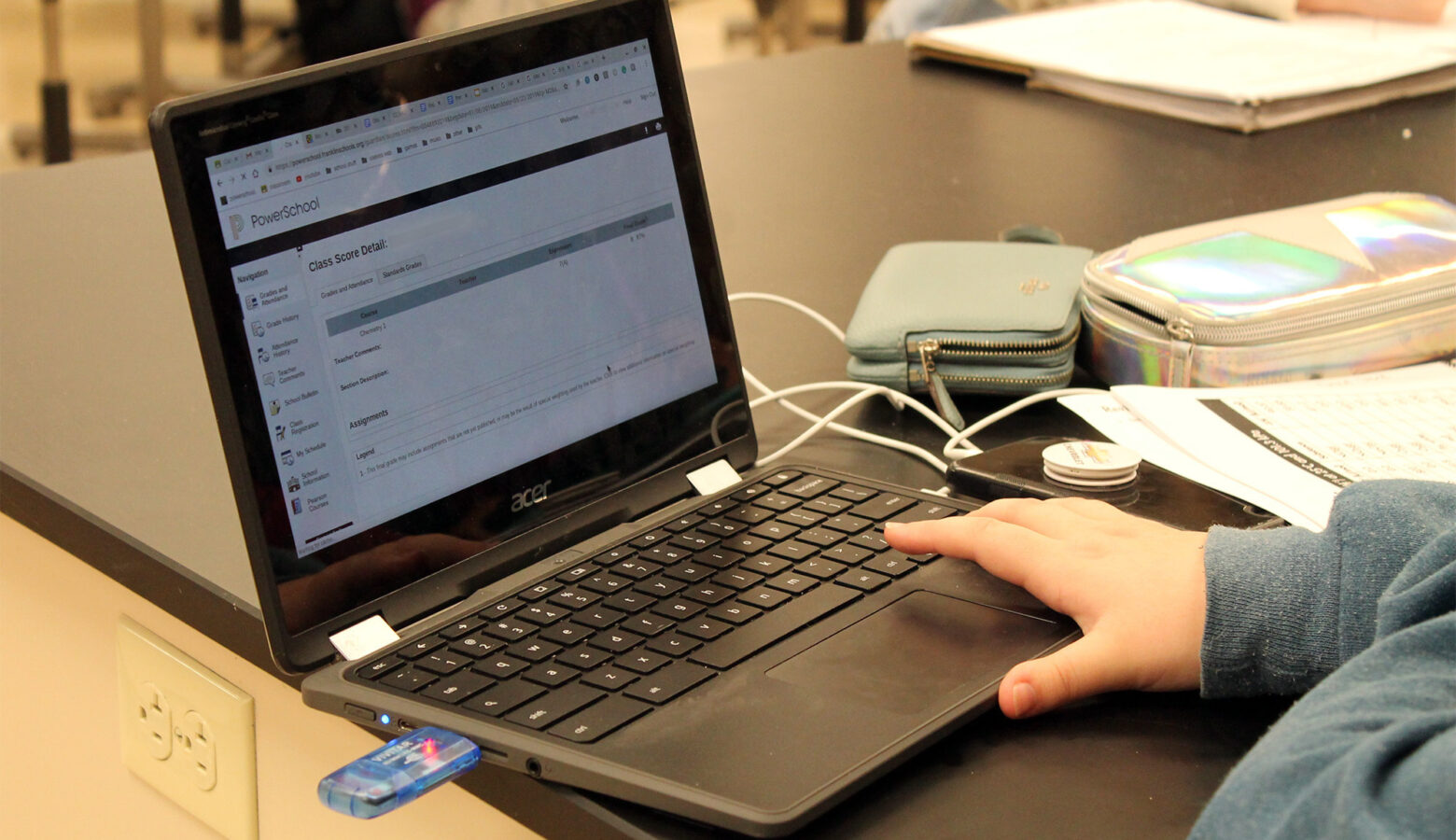Indiana virtual school leaders say demand has driven enrollment wave

Virtual schooling has exploded across Indiana in recent years. This year, thousands of new students across the state will log on to their computers and complete their coursework online.
Jamey Callane is the executive director of Indiana Gateway Digital Academy, a public, online-only academy that partners with Clarksville Community Schools. The INGDA mostly serves students across Indiana, but does serve some students in surrounding states as well.
Callane said it’s clear that online school is in high demand in Indiana.
“The public feeling toward online school changed,” he said. “It has become more mainstream.”
Clarksville enrolled an additional 2,685 students between the 2022 and 2023 school years, according to an Indiana University study. Union School Corporation, which partners with Indiana Digital Learning School and provides multiple online learning options, saw an increase of 900 students during the same period.
The district with the third-highest growth, Brownsburg Community School Corporation, only grew by 373 students.
The study credits Clarksville and Union’s growth to the districts’ partnerships with online schools.
Callane said INGDA enrolled about 2,268 students in 2021. He expects that number to more than double this year after the enrollment period ends on Sept. 30. He added that the school is inching closer to its enrollment cap of 6,500 students.
INGDA is one of five tuition-free public online school options in Indiana under the umbrella of an education company called Stride. Adam Hawf, Stride’s superintendent of schools, said there are many reasons he believes more students are enrolling in Stride’s online schools.
“I think part of what we’re seeing now is that people who were exposed to online learning through circumstance of the pandemic,” he said. “They went back into traditional brick and mortar modality, and they realized that there were parts of the online learning experience that they preferred. It might be the scheduling flexibility. It might be having access to, you know, be able to move more at your own pace. It could be, for the family, having geographic flexibility.”
READ MORE: Indiana scraps GPS diplomas, replaces them with one new base diploma
Join the conversation and sign up for the Indiana Two-Way. Text “Indiana” to 765-275-1120. Your comments and questions in response to our weekly text help us find the answers you need on statewide issues.
Hawf said school closures during the COVID-19 pandemic necessitated online learning to families who otherwise would not have considered it.
“I think part of what we’re seeing now is that – while not everybody loved participating in online learning – in some cases, it worked really well for students,” Hawf said.
INGDA’s Callane said the pandemic made a lasting impression on the way people think about online education.
“A few years ago, this was looked at a little differently. It’s for unique situations,” Callane said. “But COVID was a game changer. Maybe this is more mainstream, right. Maybe it is just not for alternative events. COVID, I think, kind of just confirmed that for everybody else.”
Hawf said he thinks virtual school enrollment will continue to climb for at least the next 10 years. Not because parents specifically want their students to go to online school, but for the options that are available to online students.
“I think for most of our families, they’re not trying to, quote, go to a virtual school. Like, that’s not what they’re trying to do,” he said. “They’re trying to figure out the best possible way to prepare their kids for a healthy, prosperous life after high school graduation. And I think that what’s motivating them is mostly about rigorous expectations, high standards and a high school experience that includes both career and college.”
Kirsten is our education reporter. Contact her at kadair@wfyi.org or follow her on Twitter at @kirsten_adair.

